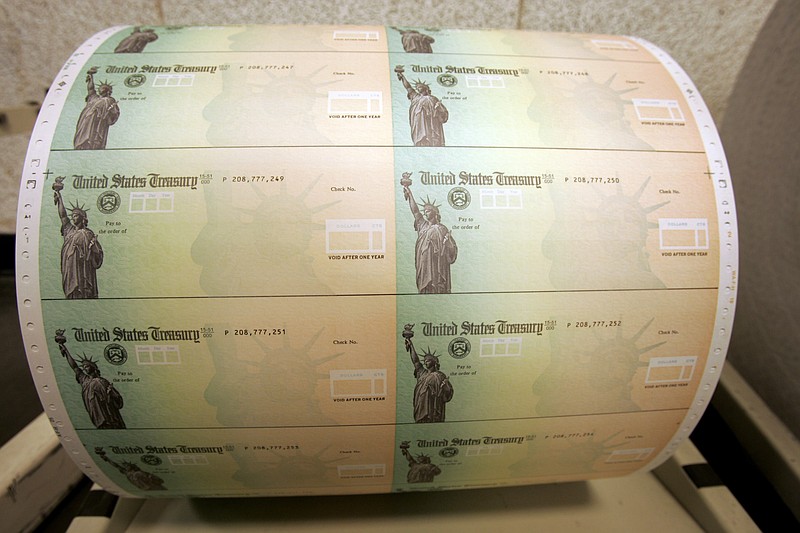Social Security recipients look forward to October with interest, for this is the time of year during which they find out how much of a benefit increase they will enjoy in the year ahead. Last Thursday, the Social Security Administration announced a 2.8 percent hike for 2019, the largest increase in eight years.
This is welcome news for the 63 million Social Security retirees and disability beneficiaries. An average retirement income recipient should expect to receive an additional $39 per month.
Uncle Sam makes annual adjustments to Social Security payments designed to keep up with increases in the cost of living. The incremental income benefit is based upon the familiar consumer price index or CPI, which is computed each month by the Bureau of Labor Statistics. When most people talk about inflation, they generally mean the annualized change in the CPI, and most benefit programs that adjust cash flows for inflation are pegged to this ubiquitous index.
The Social Security Administration compares the CPI for the third quarter of the current year with the index for the third quarter of the previous year to compute the adjustment in benefits.
The original "old age insurance" program signed into law in 1935 by President Roosevelt did not include automatic indexing. Beneficiaries were dependent upon lawmakers to step in periodically to adjust income payments to keep up with the cost of living. In 1975, Congress passed legislation tying Social Security payments to the CPI and mandating annual cost of living adjustments (COLAs), with the proviso that benefits cannot go down if the CPI is negative. The biggest annual adjustment was a 14.3 percent hike in 1980 during the greatest inflationary period in the modern era. In 2016, recipients got bupkis.
Last year, the COLA adjustment raised the benefit by 2 percent, but most Social Security beneficiaries saw no net increase after absorbing a significant bump in Medicare part B premiums. This year, retirees are likely to keep most of the raise.
There has long raged a debate over the appropriateness of the CPI as a reference index in adjusting benefit payments. Technically called the Consumer Price Index for Urban Wage Earners and Clerical Workers (officially CPI-W), the index used for calculating the COLA is a slight variant of the more familiar headline inflation benchmark reported each month (called CPI-U for all urban consumers). On one hand, economists generally believe that these variants of CPI tend to overstate the actual change in the cost of living, and frequently advocate revising the index as one of many proposals in any broader plan to improve the long-term solvency of Social Security.
On the other hand, many observers point out that the CPI-W may actually understate the cost of living for seniors, since they tend to expend a higher percentage of their income on medical care, which perennially increases faster than CPI. Don't expect much of a change either way in the near future.
The maximum amount of earnings subject to Social Security taxes will also rise, from $128,400 to $132,900 thanks to the rise in CPI. The earnings limit for beneficiaries who are less than full retirement age (currently 66) will also increase to $17,640; above this threshold Social Security payments are reduced by $1 for every $2 in additional income.
Consult the Social Security website from more information. Better still, set up your personalized "my Social Security" at SSA.gov to receive notices online and access your benefits statement.
Congratulations on your raise. Don't spend it all in one place.
Christopher A. Hopkins, CFA, is a vice president and portfolio manager for Barnett and Co. in Chattanooga.

